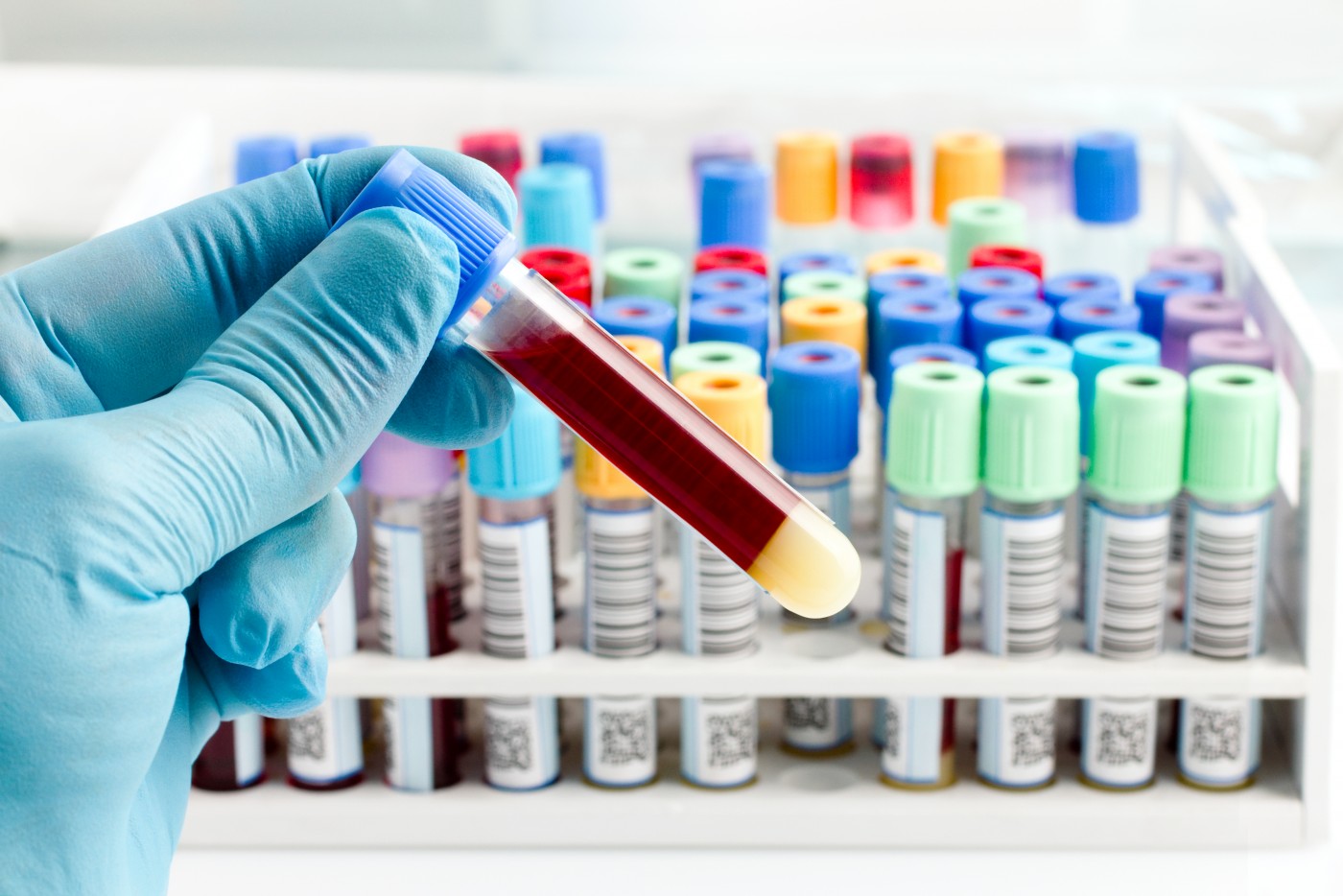Serum NLRC3 Levels Identified as Potential Non-invasive Biomarker for PH

Serum NLRC3 levels are markedly lower in patients with pulmonary hypertension, and correlate with results from other diagnostic tests, researchers from China report.
This study with that finding, “NLRC3: A Novel Noninvasive Biomarker for Pulmonary Hypertension Diagnosis,” was published in the journal Aging and Disease.
Right heart catheterization (RHC), the gold standard diagnostic test for PH, is an invasive examination that requires an expensive surgical procedure with the possibility of complications. That is why there is an ongoing search for a reliable, non-invasive diagnostic test that can help monitor the progression of PH.
An uncharacterized protein from the nucleotide-binding oligomerization domain-like receptors (NLR) family called NLRC3 has been shown to inhibit inflammation and cell proliferation in cancer.
Inflammation also is considered a critical factor in PH development. So, due to its anti-inflammatory role, researchers hypothesized that NLRC3 serum levels could be a diagnostic feature serving as a non-invasive test for PH diagnosis.
In the study, researchers obtained serum samples from PH patients and compared the NLRC3 levels to those from healthy controls. A total of 43 PH patients and 20 healthy volunteers assessed at the Xiangya Hospital, China, participated in the study. The mean age of PH patients was 34.42 years, while that of healthy volunteers was 39.92.
Using a laboratory test called enzyme-linked immunosorbent assay (ELISA), researchers evaluated the concentration of NLRC3 in serum samples obtained from the study participants.
Results showed that in PH patients, serum NLRC3 levels were significantly lower (mean 1.49 ng/mL) compared to that of the healthy controls (mean 4.44 ng/mL).
Ask questions and share your knowledge of PH in our forums.
Pulmonary vascular resistance (PVR) and mean pulmonary arterial pressure (mPAP) are common parameters assessed with RHC to determine the pulmonary function state in PH patients. PVR and mPAP are indicators of blood flow status in the circulatory system and determine PH progression. High mPAP and PVR are characteristic of a PH diagnosis.
The team compared serum NLRC3 levels to PVR and mPAP measures to determine if NLRC3 has any association with blood flow regulation. Researchers found that the lower the serum NRLC3 levels, the higher was the mPAP and PVR, indicating a negative correlation between them.
Echocardiography is commonly used to measure the progression of PH. However, researchers found no correlation between serum NRLC3 levels and echocardiogram results.
The World Health Organization Functional Class (WHO-FC) is an assessment that determines the level of functional impairment in PH patients. There are four functional classes, and the higher the class, the worse is the patient’s condition. Interestingly, the team observed a significant correlation between NRLC3 serum levels and the overall WHO-FC status — the lower the NRLC3 concentration, the poorer was the patient’s condition and, accordingly, the higher WHO FC.
Overall, the team concluded that “serum NLRC3 concentration is significantly decreased in PH patients, and is negatively associated with the severity of the disease. Measurement of serum NLRC3 concentration may help early diagnosis and monitoring progression of PH, thus guide accurate clinical decision-making and appropriate therapeutic interventions in PH patients,” they wrote.
Through a statistical analysis, the team determined that a serum NLRC3 concentration of 2.897 ng/mL is a good cut-off value to indicate a PH diagnosis with 88% sensitivity and 85% specificity.
“We provide evidence for NLRC3 in the process of human PH and suggest the potential application as a new biomarker in clinical PH,” the team concluded.







